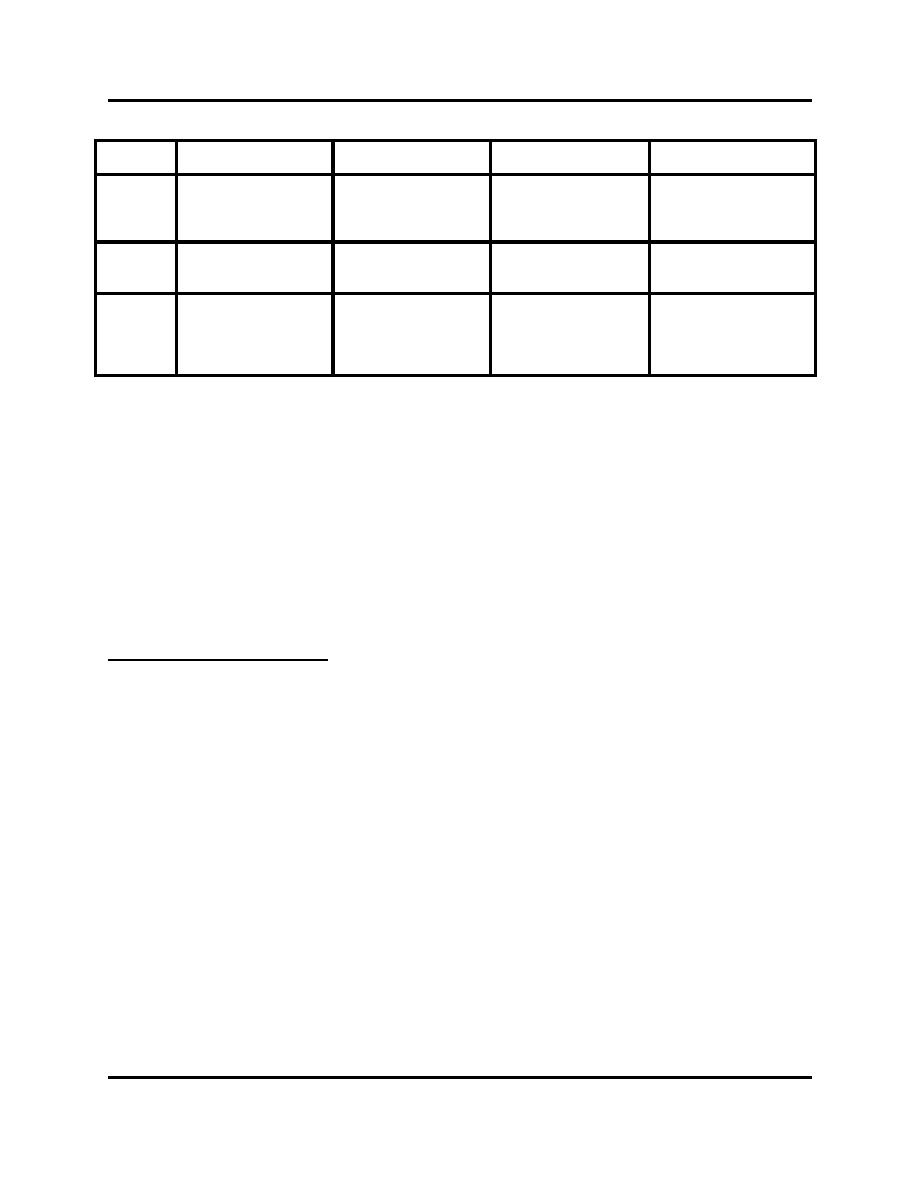
3.4 Biological Resources
Table 3.4-1. Continued
Receiver
Site
Intertidal
Subtidal to -10 ft MLLW
-11 to -20 ft MLLW
-20 to -30 ft MLLW
Torrey Pines
Sand, 30 to 100% cobble
Sand, historical surfgrass,
Sand and localized low relief
Sand and reef at 30 ft
bands 3 to 100 ft seaward
high relief reef to south
reef, patchy surfgrass
isobath, small kelp 3,000 ft
southwest, historical kelp
1800 ft northwest
Mission
Sand
Sand at 10 ft isobath
Sand at 20 ft isobath
Sand at 30 ft isobath; small
Beach
and localized kelp beds 800 to
1,200 ft offshore
Imperial
Sand, 95 to 100% cobble
Sand at 10 ft isobath
Sand at 20 ft isobath
Sand at 30 ft isobath; kelp
Beach
band up to 110 ft seaward, 5
beds 1,900 ft offshore
to 30% cobble in localized
areas, rip-rap revetment at
back beach
All of the receiver sites tested negative for grunion eggs during surveys in May and July 1999, even when
beach and tide conditions were favorable. Testing for grunion eggs was performed with sand shovel
samples as described in Section 3.4.1. Specific factors which may attract or detract grunion at individual
receiver sites are noted in the text. Generally, those receiver sites with gentle sloping sand beaches would
be suitable, while cobble beaches would not be utilized.
South Oceanside
Within Receiver Site Boundaries
The intertidalhabitat is predominantly sand. Sand depths measured in May 1999 ranged from 12 to greater
than 48 inches with an average depth of 18 inches in the upper and mid tidal zones and 26 inches in the low
intertidal zone. Beach width under spring low tide conditions ranged from 245 feet at Marron Street to 160
feet at Cassidy Street. Organisms observed in the sand habitat included sand crabs, bean clams, and
polychaete worms.
Dense cobble was limited to a few localized areas primarily at the south end of the site. One high relief
rock, about six feet wide, occurred approximately 250 feet offshore between Crosswaithe and Witherby
Streets, which are located north of Buccaneer beach. No surfgrass was observed on the rock during the
May 1999 beach survey. Rip-rap revetment occurred along the back beach of the entire site. The green
alga, acorn barnacle, limpets, and gray littorine snails occurred in localized areas where the revetment was
in the high tide splash zone. Shorebirds were abundant and foraging in the intertidal and gulls were
observed resting in the upper intertidal during the May 1999 survey.
Page 3.4-16
Regional Beach Sand Project EIR/EA
99-69\SANDAG EIREA 3.4.wpd 7/17/00



 Previous Page
Previous Page
